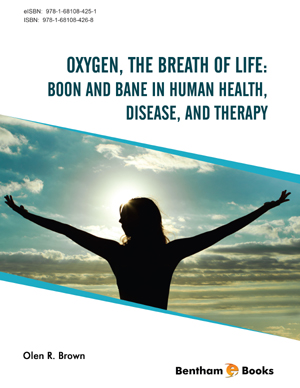Abstract
Since the discovery of oxygen, there have been swings from emphasis on the essential, beneficial nature of oxygen to focus on its damaging effects. Outright speculations and critically-considered hypotheses have ebbed and waned for the therapeutic use of elevated oxygen and practical applications of gas mixtures for deepsea diving and pressurized caissons for construction under water. Oxygen as therapy has been proposed as beneficial or even a panacea. In some hands it was harmful and even deadly. The use of elevated oxygen tensions (as compressed air) began even before oxygen was isolated and identified from air. Oxygen was used as therapy and compressed air was extensively breathed by miners and workers in caissons tunneling under water to construct bridges. These practical, non-therapeutic applications of various breathing mixtures containing oxygen also contributed to scientific understanding of the physiology of oxygen in the human body. Elevated oxygen tensions also were used for U.S. Navy diving operations and laboratory experiments with humans and a variety of life forms. In the early years oxygen therapy was used for a wide variety of diseases, many of which were treated without any established connection to a mechanism of action. Thus, the therapeutic use, laboratory experimentation with, and practical applications of compressed air, gas mixtures at and below one atmosphere pressure, and hyperbaric oxygen has had an interesting, long, and colorful development that included charlatans (probably), adventuresome physicians ahead of their times, visionaries, and practical men of industry.
Keywords: Air embolism, Albert Behnke, Atmospheric pressure, Caisson, Carbon monoxide poisoning, CNS toxicity, Compound oxygen, Cunningham, Decompression sickness, Domicilium, Gas gangrene, Henshaw, Hyperbaric pressure, John Bean, John Haldane, Lorrain Smith effect, Paracelsus, Paul Bert effect, Pulmonary toxicity, Spanish flu treatment, USS Squalus.






















